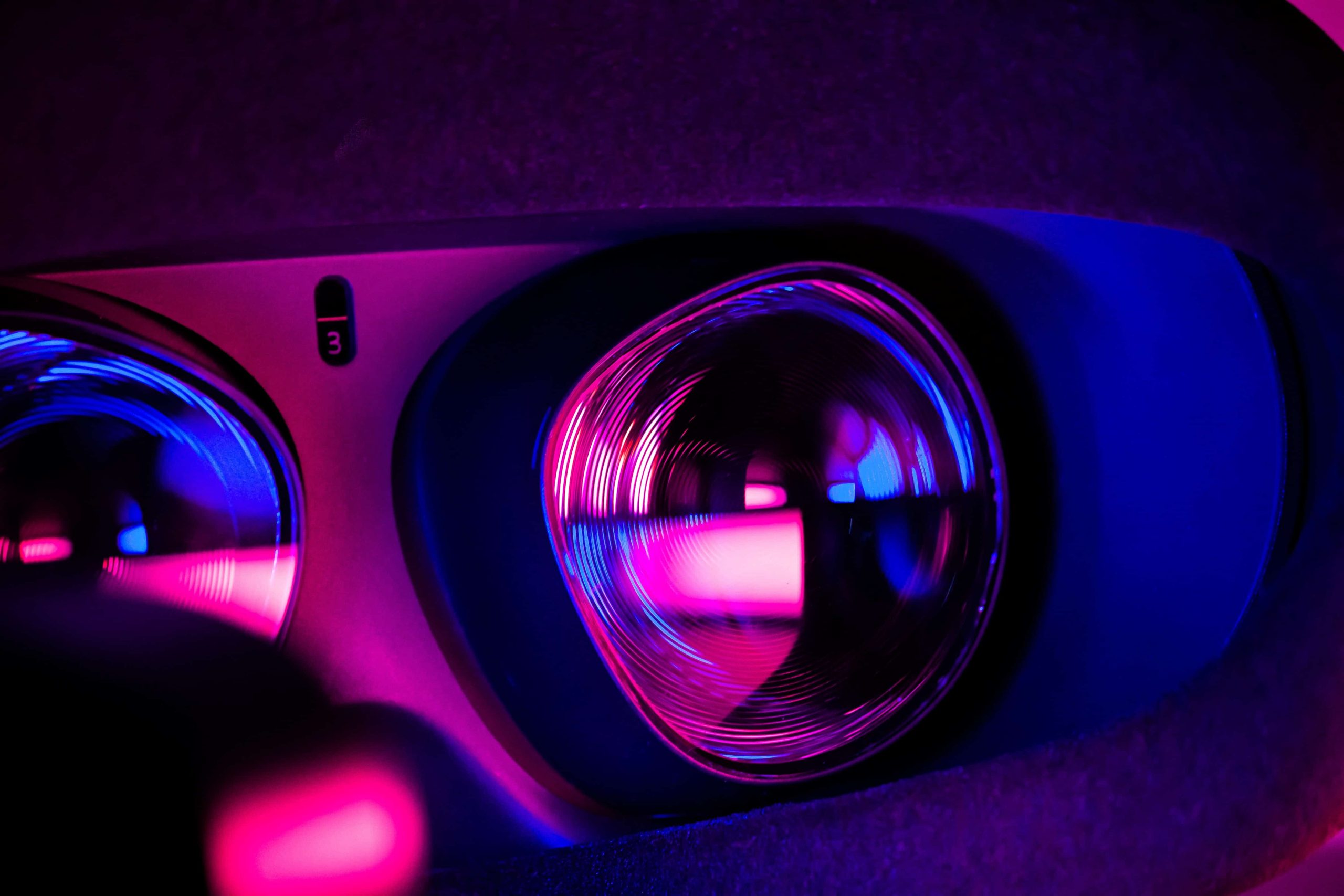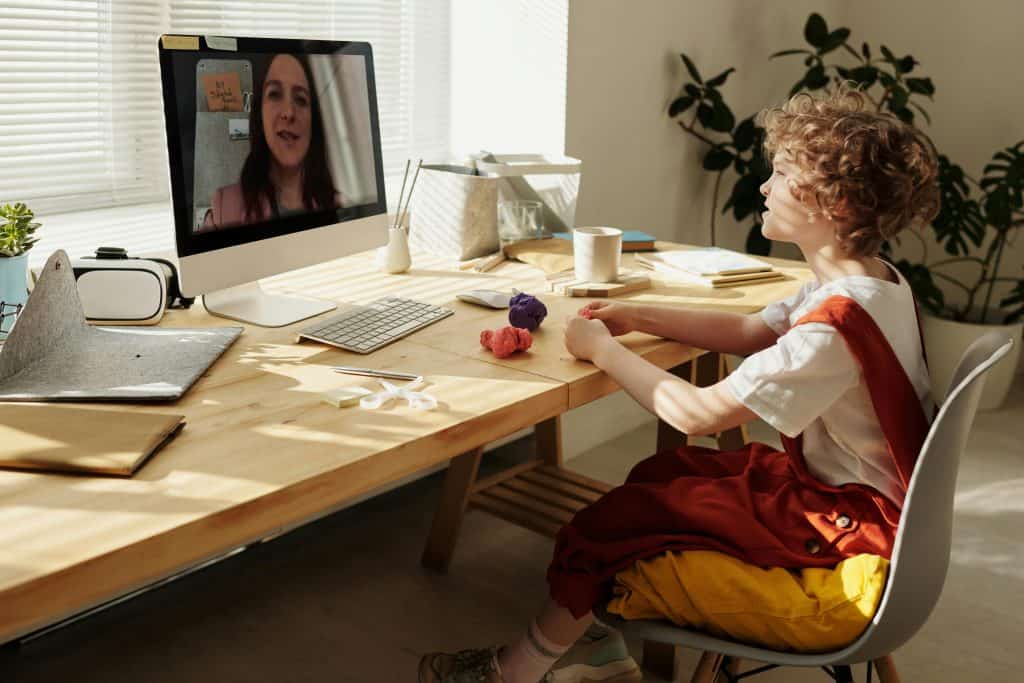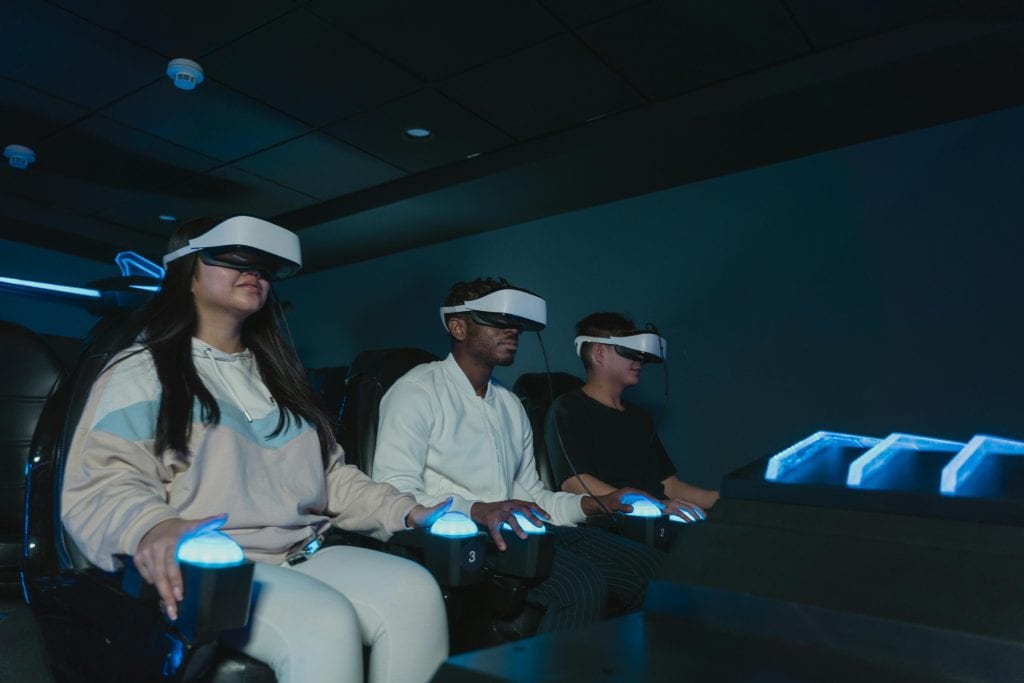
05 Feb Designing Interactive Elements in Virtual Tours
A new paradigm in art appreciation has evolved in the age of virtual tours, which provide aficionados with an innovative opportunity to view galleries and exhibitions from the comfort of their homes. The increasing demand for these virtual experiences highlights the necessity of ongoing innovation in order to satisfy the varied demands of an expanding customer base. The use of interactive components becomes increasingly important as technology develops, converting virtual art tours into engaging, instructive experiences that go beyond traditional, passive viewing.
Through the use of technology to actively engage viewers, this progression redefines the fundamental essence of art enjoyment, going beyond mere replication of actual museum experiences. Virtual art tours have evolved from being static displays of art to interactive tools that allow users to explore the technical, cultural, and historical facets of each work of art. Technology and art combined in this ever-changing environment not only replicates the atmosphere of galleries but enriches it, providing a cooperative and instructive endeavor where innovators and fans come together in never-before-seen ways. We will look at the various aspects of virtual art tours in our investigation of this changing environment, revealing the mutually beneficial link between creativity, technology, and the ever-expanding field of creative expression.
Types of Interactive Elements for Virtual Tours

Photo by Julia M Cameron
Informative Interactions
When it comes to interactive digital interactions, several elements are used thoughtfully to give people enlightening and fulfilling experiences. As focus places, hotspots use multimedia components including music, video, and pop-up text to provide in-depth details about the artworks. Contextual timeline overlays offer historical views by illuminating the artist, era, or movement linked to each item. Interactive tests and treasure hunts are included to encourage active exploration and learning, turning the virtual world into a fun learning environment.
Immersive Interactions
Taking the user experience to a higher level, immersive interactions aim to captivate and engage users in a more profound way. Features like 360° rotation and zooming allow users to closely inspect details, enhancing their connection with the artwork. Changing viewpoints and perspectives within the virtual space further contribute to a dynamic and varied exploration. For those seeking the epitome of immersion, virtual reality (VR) integration becomes the gateway to a physically immersive experience, transcending the boundaries of traditional digital interactions.
Social Interactions
Social contacts are essential in the digital world for fostering a feeling of shared experience and community. Forums and live chat provide a space for people to share and discuss, allowing art aficionados to interact with one another. Users can contribute to a shared knowledge by annotating artworks with own notes or interpretations using collaborative annotation tools. Social media integration makes it easy for people to share recommendations and experiences, fostering the growth of a lively online community dedicated to the study and enjoyment of art. Through this complex fusion of social, immersive, and educational elements, the digital realm becomes a vibrant center for discovery, education, and communal enjoyment of artistic creation.
Key Takeaways
Interactive Element Type | Key Points |
Informative Interactions | Engage users with multimedia and foster active learning. |
Immersive Interactions | Enhance exploration with 360° rotation, changing viewpoints, and VR. |
Social Interactions | Foster community engagement through live chat and collaborative tools. |
Effective Incorporation of Interactive Elements

Photo by Tima Miroshnichenko
Alignment with Learning Objectives
Prioritizing congruence with the educational objectives of a virtual tour is essential when creating interactive features for it. Element selection that improves the learning process and advances the overall learning goals should be carefully considered. Achieving a balance between providing consumers with compelling material and preventing information overload is crucial.
Furthermore, a fluid user experience is essential, which calls for the inclusion of intuitive interfaces and seamless transitions. These design decisions help to create a user-friendly environment that makes it easier to navigate through interactive features and ensures that the learning objectives are satisfied without leading to confusion or irritation.
Design Considerations
Consistency in visual style and user interface design is paramount for a cohesive virtual tour. By maintaining a uniform look and feel across all interactive elements, users can better focus on the educational content without being distracted by disparate design elements. This consistency contributes to an integrated and harmonious virtual environment.
Accessibility is a key consideration in design, acknowledging the diverse abilities and technological limitations of users. Prioritizing accessibility ensures that the virtual tour is inclusive, allowing all users to engage with the content regardless of their individual needs or constraints. Additionally, optimizing for mobile devices is essential to broaden accessibility across various platforms, ensuring a seamless experience for users on different devices.
Measuring Engagement and Impact
To assess the effectiveness of the virtual tour, it is crucial to implement mechanisms for measuring user engagement and impact. This involves tracking user interaction data to analyze preferences and identify areas for improvement. By understanding how users engage with the interactive elements, developers can make informed decisions to enhance the overall experience.
In addition to data tracking, gathering user feedback through surveys or polls provides valuable insights into user satisfaction and areas for refinement. This iterative process allows for continuous improvement, aligning the virtual tour more closely with user preferences and ensuring a meaningful and impactful educational experience for all participants.

Photo by Michael Burrows
Conclusion
As the demand for immersive online experiences grows, these elements serve as a bridge connecting art enthusiasts with the vast world of galleries and exhibitions from the comfort of their homes. The exploration of informative hotspots, overlays, 360° rotations, and VR integration caters to diverse preferences across generations, offering a holistic and engaging experience.
Effective incorporation of interactive features requires alignment with learning objectives, seamless design integration, and a commitment to accessibility. By maintaining visual consistency, optimizing for various devices, and considering user feedback, virtual art tours can ensure a seamless and enriching experience for users of different abilities and technological constraints. The iterative process of measuring engagement and impact, tracking user interactions, and refining the tour based on feedback is crucial in adapting to evolving user expectations. The thoughtful integration of interactive elements not only provides a visual feast but also creates an educational and participatory journey, shaping the future landscape of virtual art experiences.
FAQs
Are virtual art tours suitable for all age groups?
Yes, virtual art tours are versatile and can be adapted to suit all age groups. To ensure broad appeal, it’s essential to incorporate a diverse range of interactive elements that cater to the interests and learning styles of different age demographics. For example, children might benefit from gamified quizzes or animated guides, while adults may appreciate in-depth commentary and historical context.
How can I ensure the accessibility of interactive elements?
Ensuring the accessibility of interactive elements is crucial for an inclusive virtual art tour experience. Consistency in design, providing alternative text for multimedia content, and prioritizing mobile optimization are essential steps. Conducting thorough testing with users of varying abilities can help identify and address potential accessibility issues, ensuring that everyone, regardless of their capabilities, can engage with and enjoy the virtual tour.
Is VR necessary for an immersive virtual art tour experience?
While virtual reality (VR) can significantly enhance the immersive nature of a virtual art tour, it is not a mandatory component. A well-designed virtual tour can still provide a compelling experience through features such as 360° rotation, changing viewpoints, and interactive elements that engage users without the need for VR equipment. This flexibility allows a broader audience to participate in the virtual art tour, even without specialized hardware.
How can I measure the success of interactive elements in a virtual tour?
Measuring the success of interactive elements in a virtual art tour involves a multi-faceted approach. First, track user interaction data to understand which elements are most engaging and how users navigate through the tour. Additionally, conduct surveys to gather direct feedback from participants, asking about their preferences and areas for improvement. Utilizing analytics tools specific to virtual tours can provide valuable insights into user behavior and help refine the interactive elements for a more successful and enjoyable experience.
Improve the success of your physical art show by using these crucial pointers to “Selecting the Perfect Venue for Art Exhibitions”, which will guarantee a peaceful area that amplifies the overall impression of the artworks on display.

